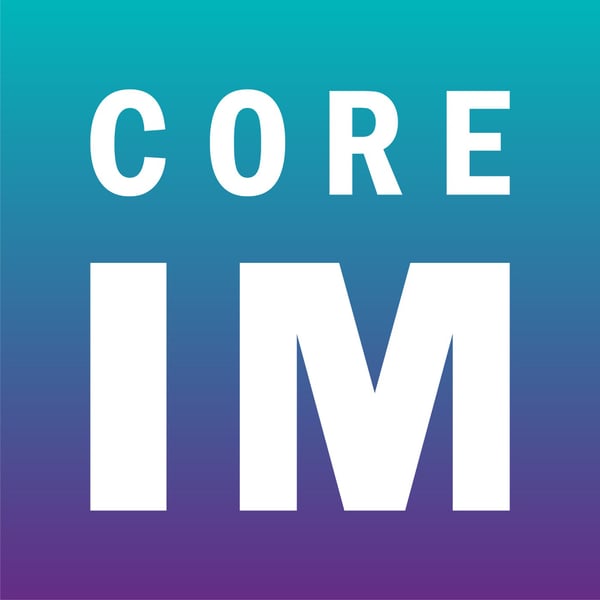#14 A 36F with weakness: Hoofbeats segment
Core IM | Internal Medicine Podcast
Core IM Team
4.8 • 1K Ratings
🗓️ 2 May 2018
⏱️ 35 minutes
🧾️ Download transcript
Summary
Transcript
Click on a timestamp to play from that location
| 0:14.6 | Hi everyone John Huang here. I'm a general internist at NYU working at Bellevue Hospital, New York, and I wanted to welcome you to the first episode of what I hope will be a recurring case discussion series here |
| 0:18.8 | on the Core I. |
| 0:19.8 | We're calling it Hookbeats. Let me introduce you to my partner on this segment, |
| 0:25.6 | Cindy Fang. Cindy do you want to say hi? |
| 0:27.2 | Hi everyone. This is Cindy Fain. I'm a hospice at NYU, currently working at NYU Langong Health right next door to Bellevue. |
| 0:36.0 | I'm very excited to be here. |
| 0:38.0 | So Cindy and I are both junior attendings. |
| 0:41.0 | We're about, what, Sunday three years out of residency at this point and this |
| 0:45.3 | segment grew out of a discussion of what we were missing most about residency and I |
| 0:49.9 | think that my personal answer that question is the ability to work with different people, you know, |
| 0:54.8 | attendings, consultants, even other residents and just hear how other people, how they were thinking |
| 1:00.0 | about the cases we were taking care of. I feel sometimes like I practice you know in an echo |
| 1:04.8 | chamber that I'm getting complacent in the way I think about my patients and this is the |
| 1:10.2 | segment is our attempt to kind of break out of that. So in this |
| 1:14.2 | podcast what we're going to do, Cindy and I will be challenging you to solve |
| 1:17.6 | diagnostically difficult real-world cases and we'll hear from experienced |
| 1:21.3 | clinicians who will be trying to solve them with you in real time. |
| 1:25.1 | As you might have guessed from the podcast segment title, |
| 1:28.1 | Cindy and I are hoping to avoid a trophy hunt for zebras, even though the cases might well be complex and unusual. Instead... on rules of thumb, diagnostic schema, any cognitive tools that might be helpful for our next patient. |
| 1:46.7 | We'd like to get ourselves thinking about how it is we think about making visible what is so often invisible. In this episode one of our colleagues at |
| 1:55.8 | NYU, Dr. Nehas Sate, brings us the very unusual story of a patient she took care of about two years |
| 2:01.4 | ago as a second year resident and here she is |
... |
Please login to see the full transcript.
Disclaimer: The podcast and artwork embedded on this page are from Core IM Team, and are the property of its owner and not affiliated with or endorsed by Tapesearch.
Generated transcripts are the property of Core IM Team and are distributed freely under the Fair Use doctrine. Transcripts generated by Tapesearch are not guaranteed to be accurate.
Copyright © Tapesearch 2025.

